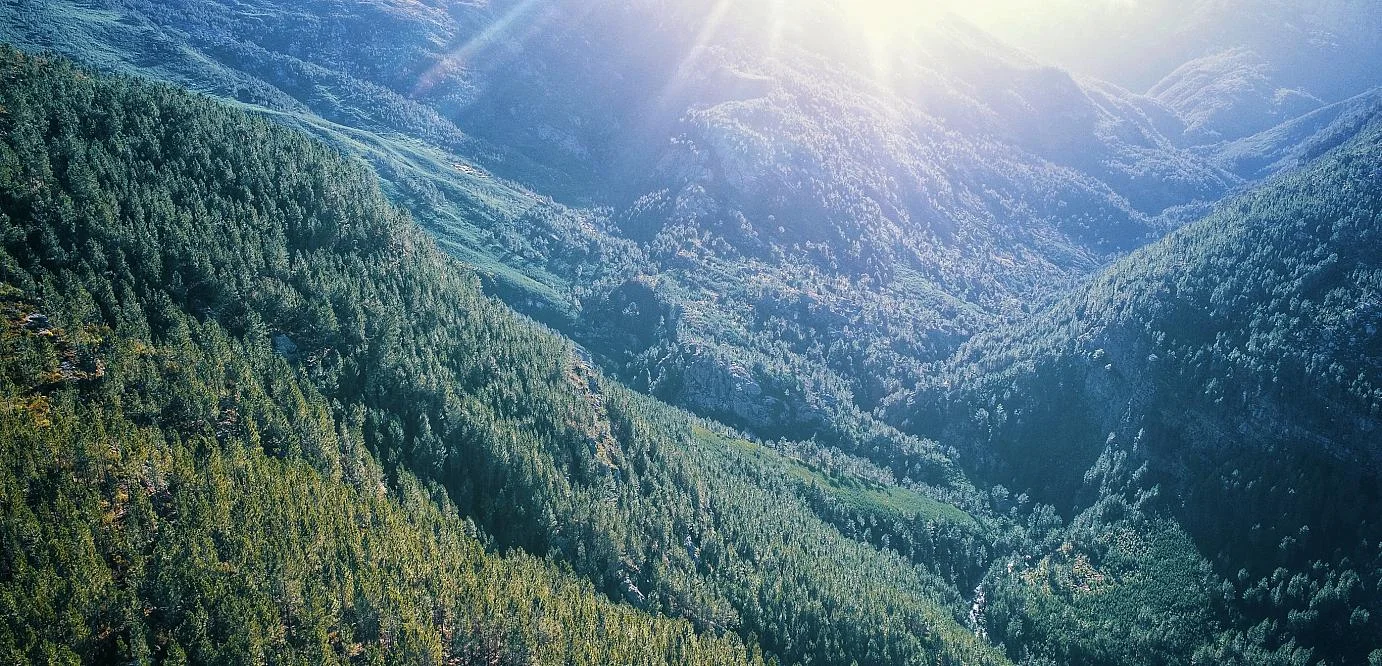Man and nature can live in harmony around wetlands. Wetlands are vitally important to conserve as they are the fastest disappearing ecosystem globally. Wetlands provide a habitat for both aquatic and terrestrial vegetation and diverse animal species, offering natural services to people such as filtering water, a grazing area for livestock, and recreational activities such as bird watching. Papenkuils Wetland is such a place.
In October 2020, the Cape Winelands Biosphere Reserve (CWBR) team joined representatives of the Western Cape Government’s Department of Environmental Affairs and Development Planning (DEA&DP) who set out to explore what value Papenkuils Wetland provides to the Breede Valley Catchment. DEA&DP undertook a case study of the Papenkuils Wetland to assure support for its future conservation. The findings are now available to delve into and learn from online (link below).
Contributing to the evaluation of the area, the CWBR droned portions of the wetlands, that assisted in defining wetland zones, as well as provided high resolution footage in hard-to-reach areas.
A scientific study of the Wetland was undertaken by DEA&DP, in collaboration with partners, where water quality was sampled, soil monitored, and the flora viewed.
The Papenkuils Wetlands is the home for plants that are believed to have once covered extensive areas of the Breede River Catchment including at least seven International Union for Conservation of Nature (IUCN) red-listed plant species, and the under-conserved and endangered Breede Alluvium Fynbos vegetation type. (Extract from Papenkuils Wetland Story Map)
Go on a virtual exploration!
Check out the Papenkuils Wetland Story Map for interactive videos, maps, beautiful photographs of the fauna and flora discovered, and the CWBR drone footage that contributed to the research.
The website includes an introduction to the project and area, examples of the flora and fauna documented, history of the area, the research done thus far, and recommendations going forward.
4 reasons to protect wetlands
1. Wetlands are considered one of the most threatened ecosystems both globally and in South Africa.
2. The vegetation and soil structure of wetlands allows water to circulate through them. This provides ecosystem services because the water quality is enhanced as it passes through the system, which also stores and slowly releases water.
3. Wetlands are resilient in many ways but vulnerable to developments that divert water away from them, such as urbanization and agriculture.
4. Wetlands are vital biodiversity assets, sustaining a variety of animals and plants specific to the wetland community.
Extract from Green Grow the Rushes, Veld and Flora, September 2021
Situated across the border of Cape Winelands Biosphere Reserve, Papenkuils Wetland (in Breede Valley), lies South of Worcester and North of the Brand Vlei Dam.
Links of Interest:
Green Grow the Rushes (PDF file) Go on a walk with the research team as they discover the biodiversity of the wetland.
Authors: Annabel Marian Horn, Nick Helme, Liz Day, Phil Mclean and Wilna Kloppers.
Photo credit: Nicholas Helme
Photo credit: Nick Helme
The sedge is recognised by its three sided stem and is a characteristic plant showing us that this is a wetland area. (Image: Sedge - Family Cyperaceae by Nick Helme, inaturalist, Oct 27 2020 copyright)
Papenkuils Wetland. Photo credit: Annabel Marian Horn









